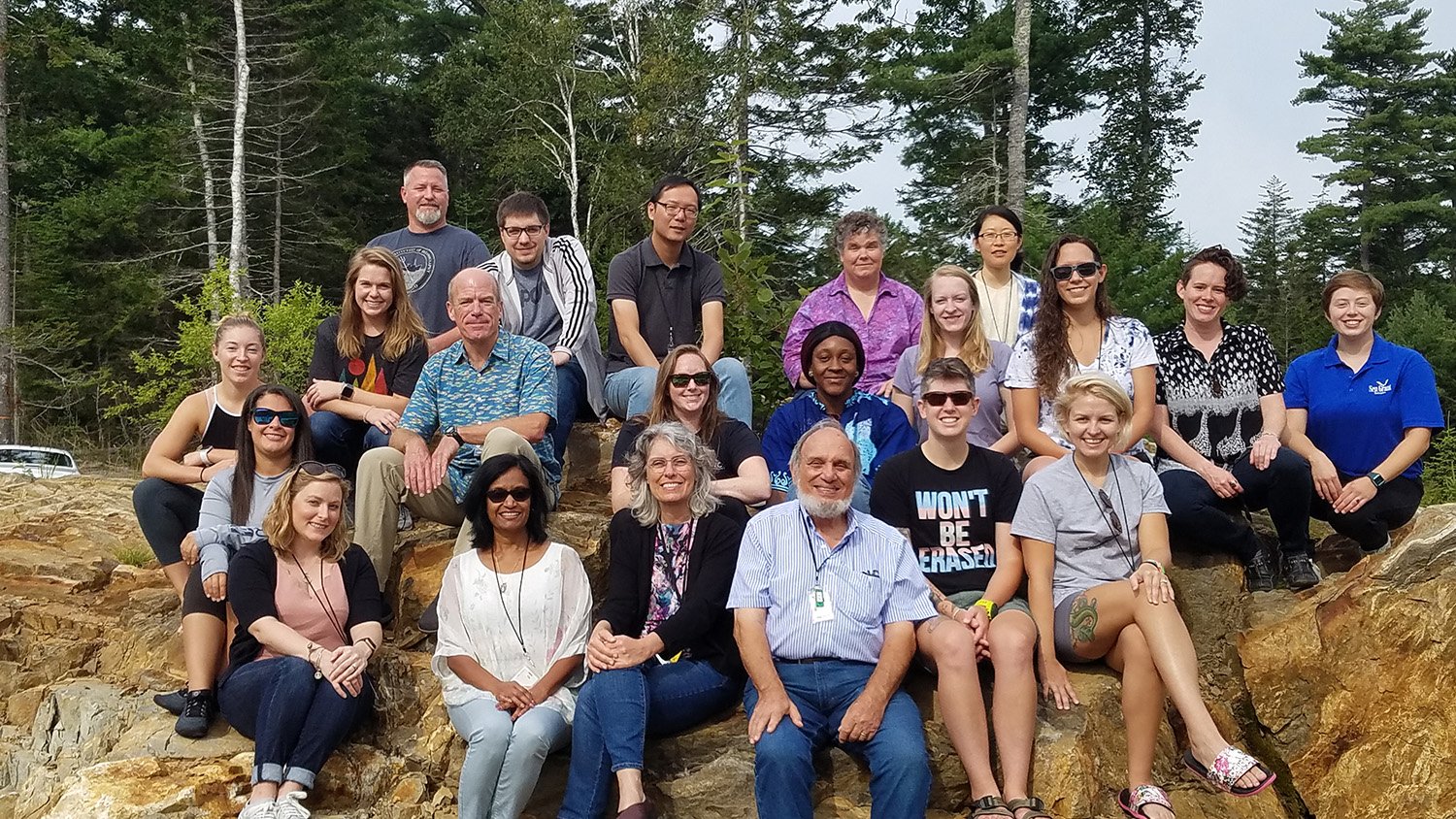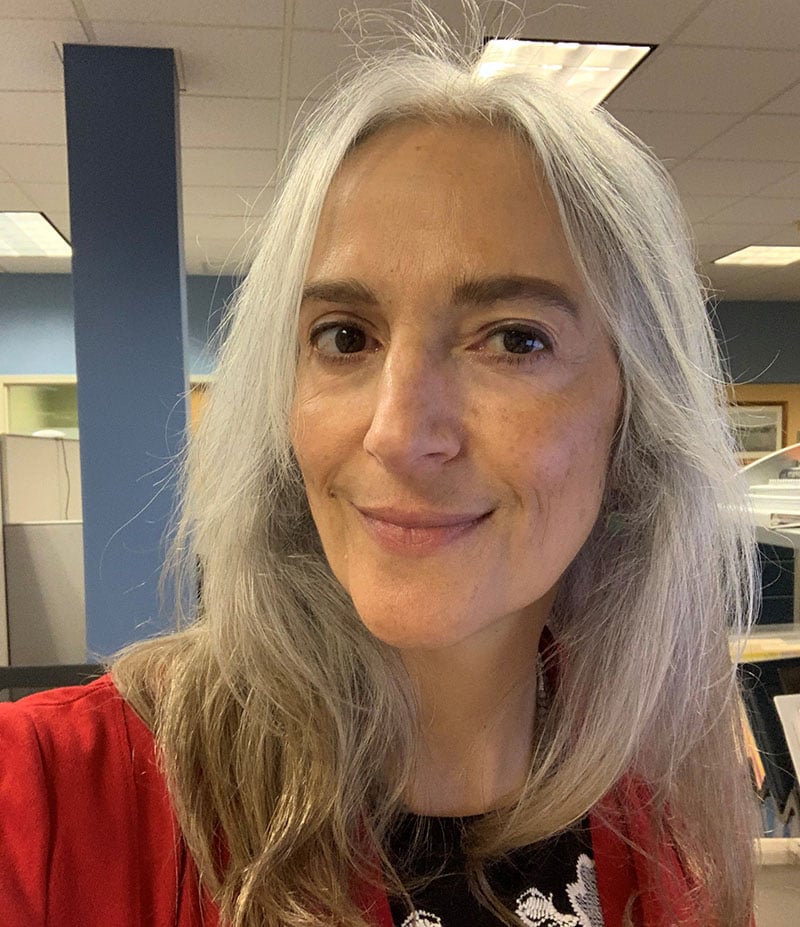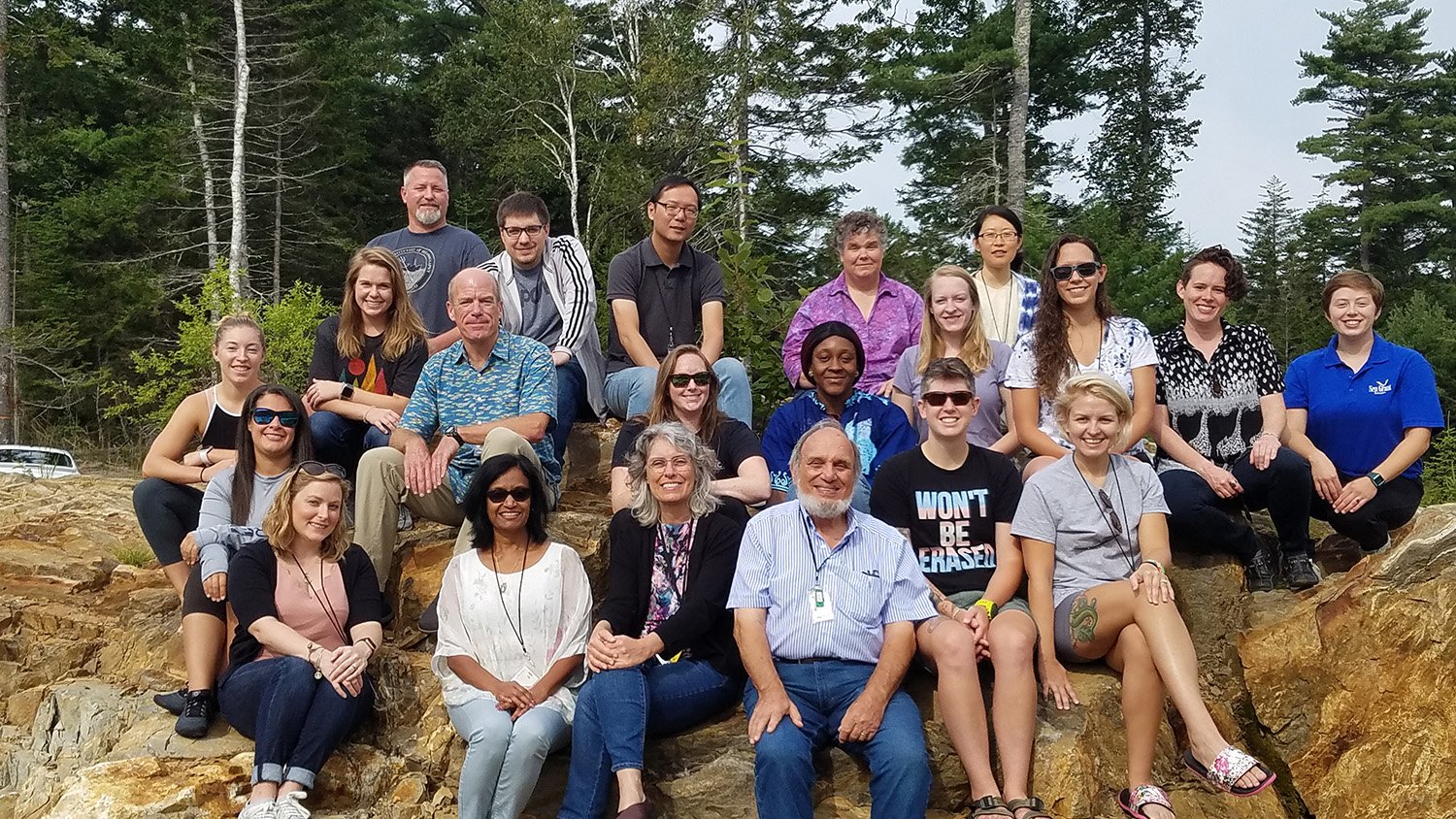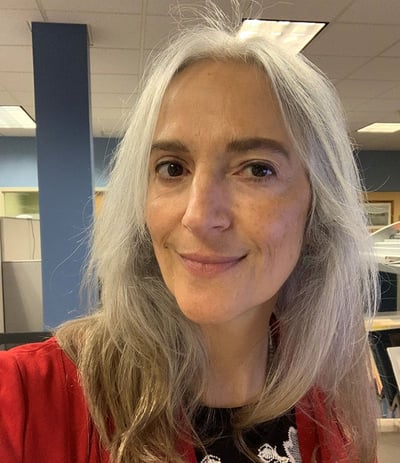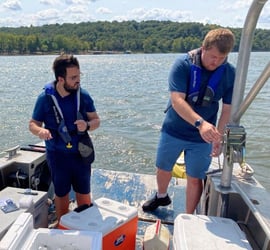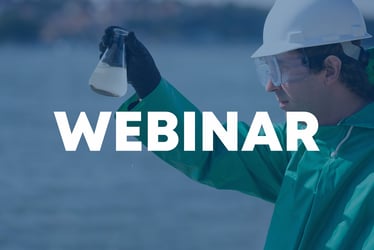Every summer since 2015 scientists from around the country have come to Bigelow Laboratory for Ocean Sciences in East Boothbay, Maine to be trained in harmful algae taxonomy and identification. This training course project is part of NOAA NCCOS’s Monitoring and Event Response for Harmful Algal Blooms (MERHAB) program and is lead by Dr. Michael Lomas. Bigelow provides the theoretical and hands-on training to our next generation of HAB scientists so that they have the proper tools to effectively and accurately identify HAB species.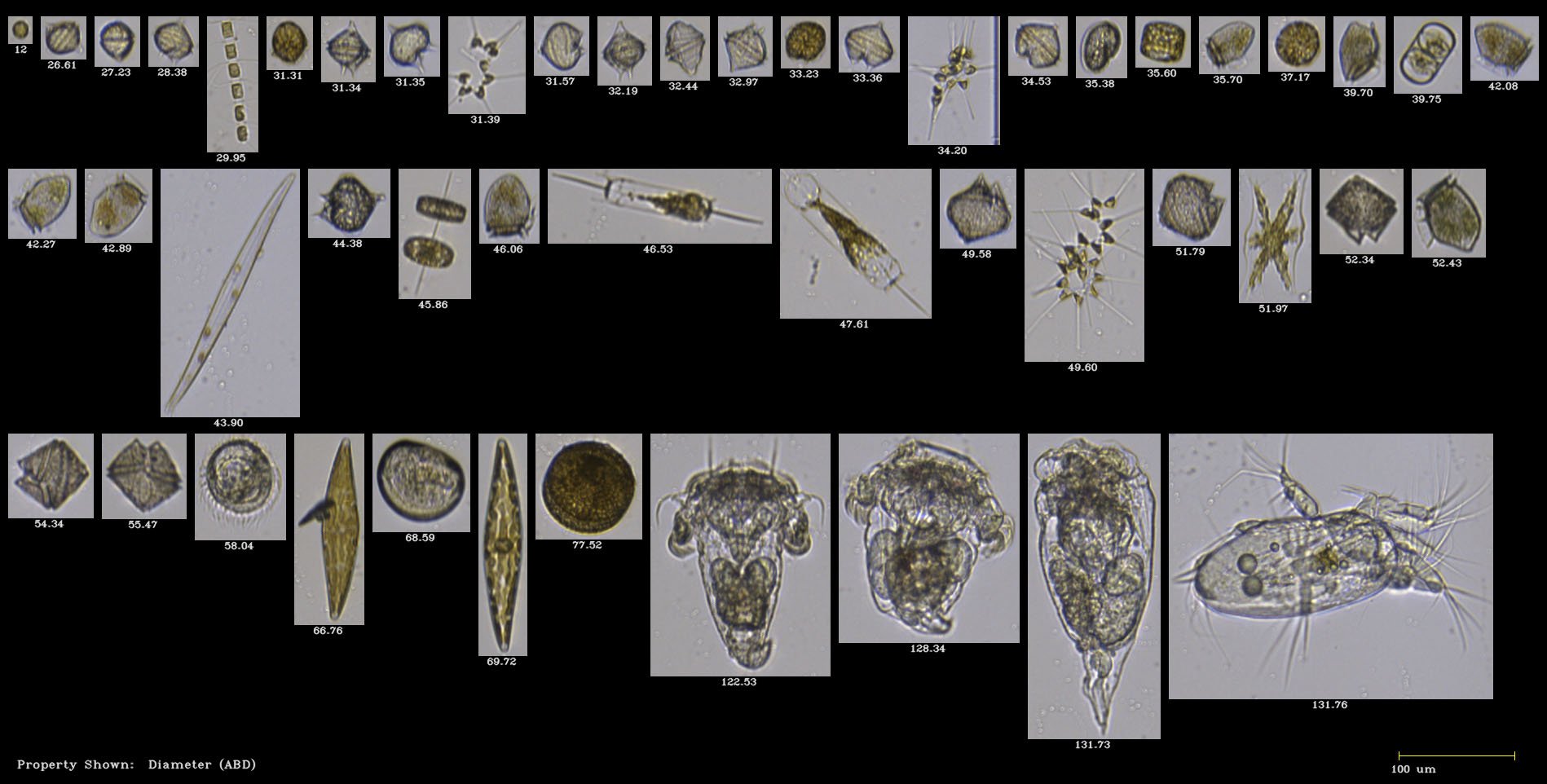
Pictured here: phyto- and zooplankton imaged by the FlowCam off the Maine coast
There is an increasing need for comprehensive training in harmful algae identification for U.S. HAB managers, scientists, and technicians due to the following:
- rapidly expanding HAB taxonomy field
- retirement of many ‘classical’ taxonomists
- lack of dedicated U.S. HAB taxonomic training programs
- widespread occurrences of HABs globally
- increased use of more rapid but less direct and non-traditional (i.e., optical, molecular, and hybrid) methods of HAB identification
The classic ‘gold-standard’ method of HAB detection has always been a manual microscopic examination of species based on morphological characteristics. The FlowCam, a flow imaging microscope and cytometer, and one of the 'non-traditional' methods mentioned above, provides a semi-automated classification of algae and subvisible organisms.
Harry Nelson, VP of Aquatic Markets at Fluid Imaging, spent his day at Bigelow showing students how to run samples on FlowCam.
"With FlowCam, it's straightforward to build libraries based on acquired digital images of algae and let the paired software run a classification filter to sort the images of species based on 40+ morphological characteristics." - Harry Nelson
Rather than manually examining and counting individual algae samples, the FlowCam automates the entire process and provides accurate counts in a fraction of the time.
During the workshop, the students counted the number of Ditylum Brightwell cells in 1 milliliter of ocean water on their microscope slides, while Harry did the same with FlowCam. The counts were comparable. The students took about 30 minutes to perform their counts. Harry took 6 minutes using the FlowCam. Harry was also able to count the Prorocentrum mincans in the sample, which could not be counted on the microscope slides because P. mincans have flagella and don't stay still.
Given the recent increase in HAB reports, illness, and deaths (especially of pets) around the country, it is becoming more important than ever that monitoring agencies coordinate efforts to keep waters safe. The MERHAB project trains the next generation of scientists in taxonomic identification of harmful algae. It will have the immediate and long-term benefit of maintaining the skilled workforce needed by state and federal monitoring agencies to provide accurate and timely data to safeguard human and environmental health and validate new automated HAB detection technologies in development.
Pictured below is the Bigelow MERHAB graduating class (plus Harry, who is upper left in the blue collared shirt!).
